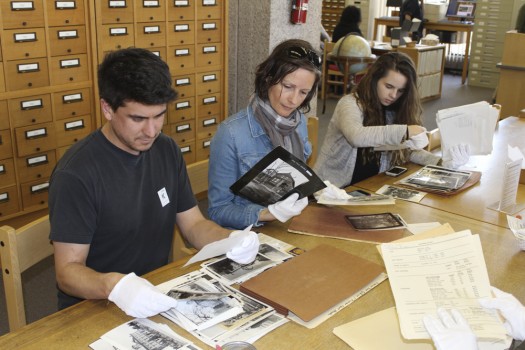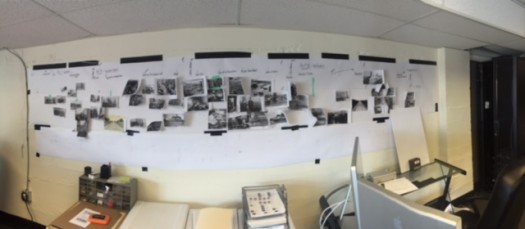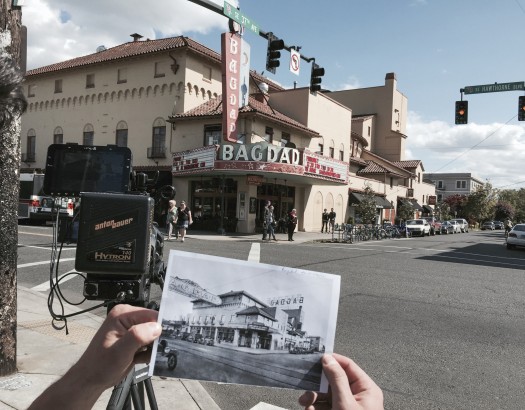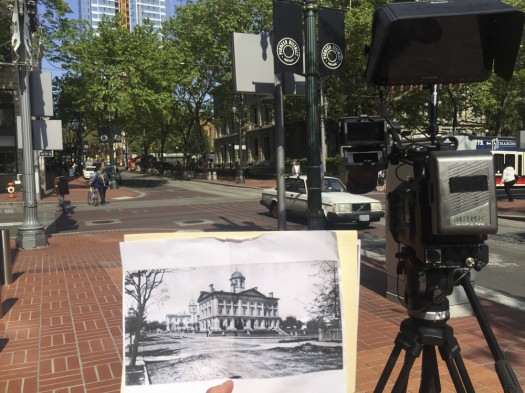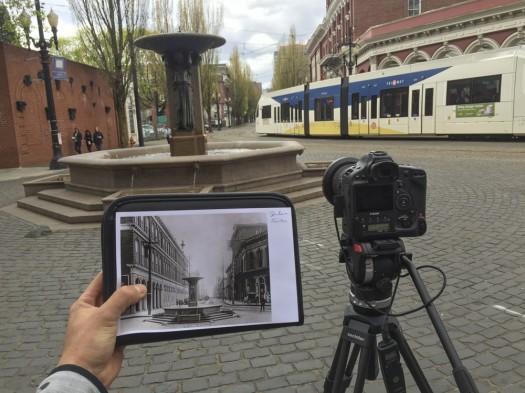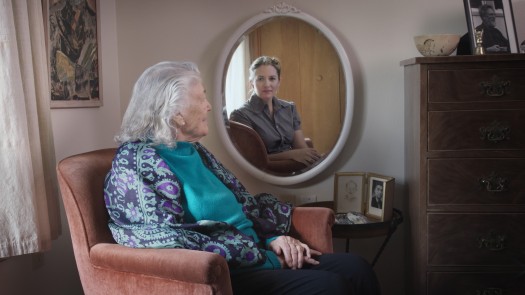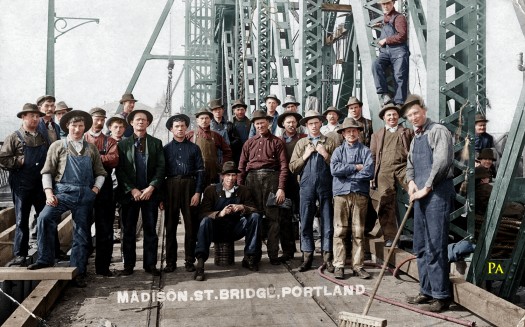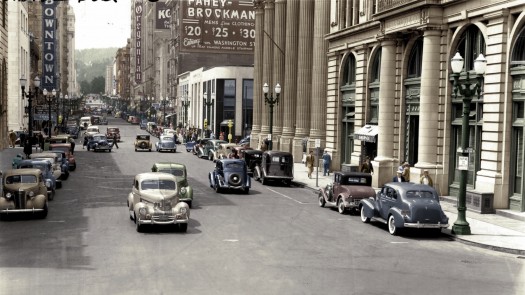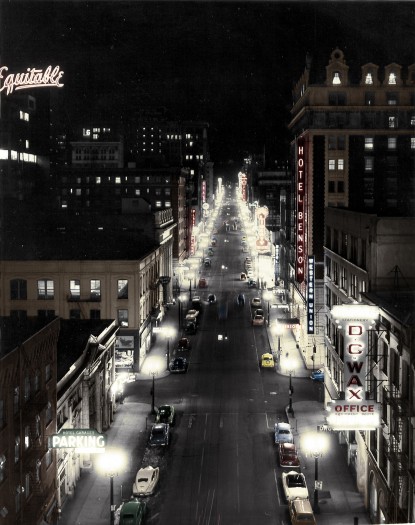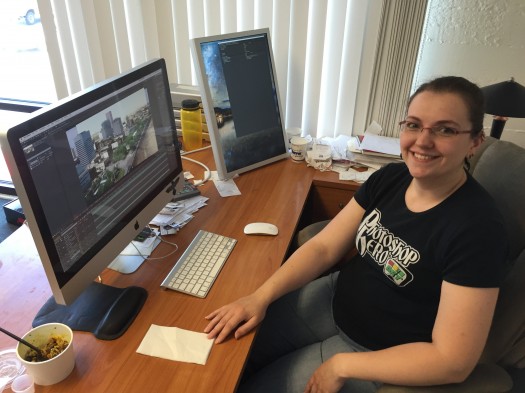Yesterday’s Tomorrow – A Portland Journey
By jq_waller in Uncategorized
“Yesterday’s Tomorrow; A Portland Journey”
In our latest project “Yesterday’s Tomorrow,” we brought our cameras to the same position and angles of our favorite Portland historic images. We wondered, what’s changed? What’s remained the same? This ‘new’ Portland that is captivating national attention- how new is it really?
We’ve seen books and blogs using the “Then and Now” treatment to show side by side the historic and present via photos. But in our curiosity and research, we could not find many or any examples of this comparison being done with motion video. Thinking about it more, we got excited to use timelapse and slow motion to bend and warp present time while exploring past time. The idea was sparked. The project started. Research into what old photos existed began.
Sifting and searching through thousands of archived images was incredibly fun and daunting. Just the act of looking through stacks and folders of old photos became a meandering tutor of Portland history. Afternoons in the Oregon Historical Society library downtown became a weekly field trip we looked forward to. Wearing white gloves, we are allowed to explore and look through their incredible archives. We’ve come to love the process of being given a folder of loose images, walking it to the table to open, and then discovering new pieces of our city’s history photo by photo. It was common to realize we’d be holding our breath in anticipation while going through the folder. Our partner in this project, The Oregonian, sent a hard drive of 1500 hi-res images the photo editor had painstakingly culled and pulled from their historic library of images. Finally, a few trips to the Portland City Archives rounded out our research bringing new photos we had not seen in either of the other collections. In all, we literally saw and sorted through over over 5000 black and white photos in the process, and… there are thousands and thousands more we didn’t have the time to see. We would love to spend an afternoon every week for an entire year just looking through these archives.
We thought finding the photos would be the hard part- wow, we were wrong. This project has had many challenges, but probably the biggest has been each of us on our team being willing to let go of our individual favorite images that didn’t make the final cut. Choosing the 50 or so final shots out of 5000 options has led to quite a few heated debates and conversations in our office the last few months. Each of us has found connection and attachment to a specific few of these frozen slivers of time. I wonder what the photographer or subject of the photograph would think if they knew that particular moment they were living while the image was being shot would be argued and debated about in a SE video office over a hundred years later.
We were excited to use timelapse, slow motion and aerial shots to newly record the same view of the historic images. Before heading out to shoot, we would plan if it would be a timelapse (time sped up) or slow motion (time sped down) or regular speed; usually those plans were changed when actually standing in the place and feeling the moment. Some locations worked out perfectly- it made sense where and why the old photographer stood and the angle used. Nothing had moved- the sidewalk, street and buildings were amazingly the same. Other spots were a giant puzzle and challenge of change. Trees have grown to obscure old viewpoints. Old bridges that were fantastic photo spots have moved when replaced with modern design. Rooftops dramatically shift in height when a new building stands in place of the old. What was once a sidewalk is now a MAX lane. Many shots we were excited to use were simply impossible for us to capture in the modern condition. The hunt for the shot was incredibly rewarding when successful; each image gave a giddy feeling as if on a scavenger hunt of time. At each location, passerbyers became excited with us when they held the printed old image and saw the modern scene in front of them.
We knew this piece needed a soul, some heart, but not via the traditional history timeline narrative. But what is the story, the words? For inspiration, guidance and insight- we interviewed multiple 90+ Portlanders and spent an evening with each asking all the questions we could about their lives and opinions on a big list of life issues. Our favorite of these amazing people is Katherine Livingston. Her eyes are bright, her wits are sharp, she was born in Portland, her grandfather was involved in commissioning the Skidmore Fountain, she recently held the world record for fastest 2000 meters on a stationary rowing machine for the 95-100 yr old bracket, and this weekend she turns 100 years old. The length of that last sentence should be an indicator of how impactful she was to us. We were honored to sit down and listen to her share her story and insights of living for 100 years. These sentiments became the words that guide the piece. We also experimented with replicating a photo essay we saw of older seniors seeing their young selves in a mirror into a video shot.
One other idea we experimented with is colorizing the black and white historic images. We live in a world of color and our media is retina-sharp color images. Black and white in a photo immediately puts us in the mindset of history. We wondered if we put that black and white history in a color context- could we get past that subconscious barrier of black and white equalling historic. We’ll see how viewers react, but seeing the colorized images has been one of the biggest surprises for us while working on this dynamic project.
We worked with Portland visual effects artist Chloie Medieros to create the animated transitions between the modern footage and the archival photographs. It was also an encore collaboration with Portland musician and composer, Peter Bosack, who produced the original score.
Check out Chloie’s work at http://chloiemedeiros.wix.com/chloiemedeiros
You can find Pete at http://www.peterbosackmusic.com
This project has been a pure joy. We hope we’ve made something special for Portlanders to celebrate our past and consider their own place in the city’s present. In a hundred years, will our moments and lives be cheered as instigators of good change? What will we do with our era of time in the Portland’s history?

